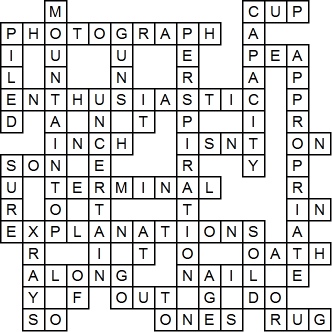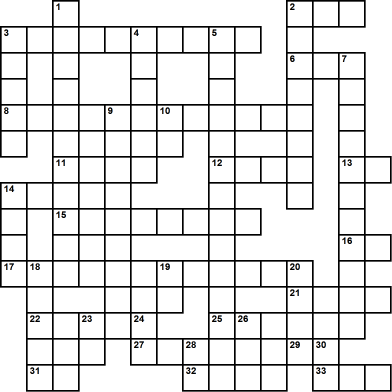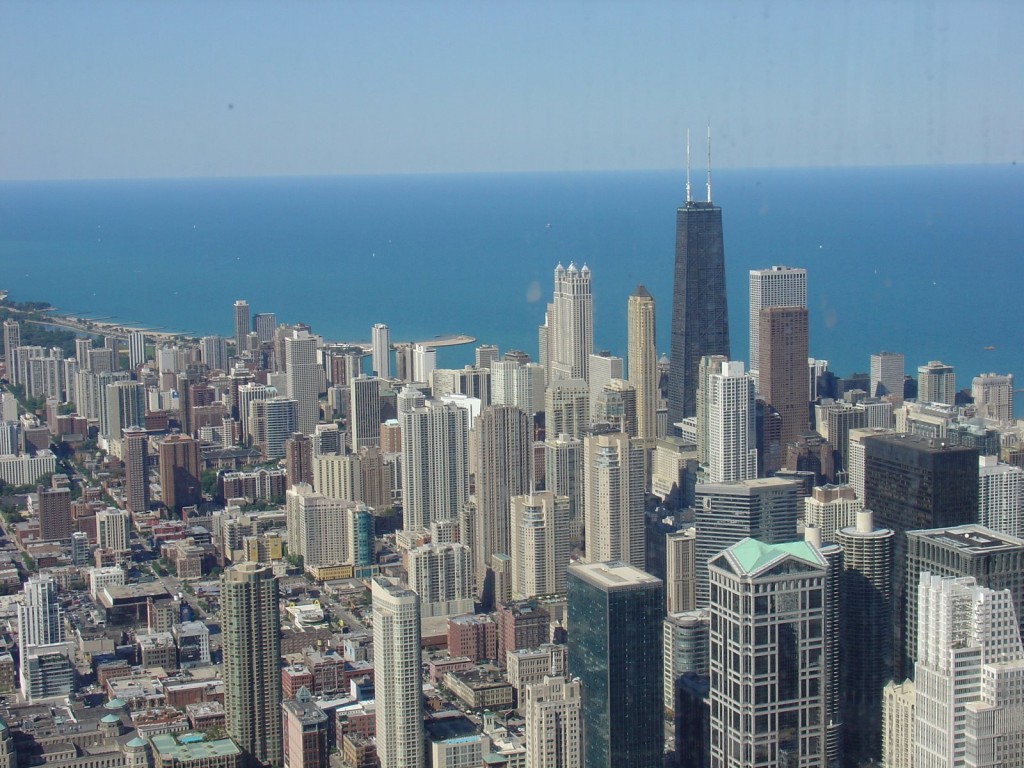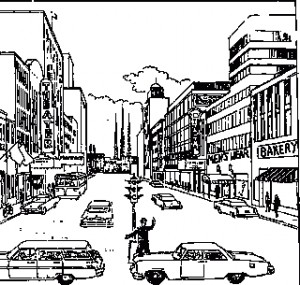The Simple Past is formed by putting –ed at the end of the verb:
Examples:
- wash ==> washed
- walk ==> walked
- laugh ==> laughed
- comb ==> combed
- print ==> printed
- John washed the car.
- We walked to school every day.
- Everyone laughed at the clown.
- The beautician combed her client’s long hair.
- He printed a receipt for me.
Words that end in a –y that is preceded by a consonant must use change the –y to an i before putting the –ed at the end:
Examples:
- try ==> tried
- cry ==> cried
- study ==>studied
- dry ==> dried
- She tried to open the door.
- The baby cried for a whole hour.
- Steve studied all weekend for his test.
- We dried fish on wire racks.
Words whose final syllable has a short vowel followed by a single consonant double the last consonant:
Examples:
- stop ==> stopped
- ban ==> banned
- plan ==> planned
- The policeman stopped the speeding car.
- The teacher banned all cell phones from the classroom.
- We planned to go on a picnic yesterday.
As with most languages, there are exceptions. Some verbs are irregular, and do not form the simple past according to the above rules. We have no choice but to memorize these verbs and their past tense. The following list is the 50 most common irregular English verbs. These verbs are listed in order of frequency: Number 1 is the most common, Number 2 is the second most common, etc. These 50 words make up 87% of irregular verb occurrence in English. The first 11 represent half of the occurrence of irregular verbs in English.
50 Most Common Irregular English Verbs
Rank Base Form (Past Tense, Past Participle)
1. say (said, said)
2. make (made, made)
3. go (went, gone)
4. take (took, taken)
5. come (came, come)
6. see (saw, seen)
7. know (knew, known)
8. get (got, got/gotten (US))
9. give (gave, given)
10. find (found, found)
11. think (thought, thought)
12. tell (told, told)
13. become (became, become)
14. show (showed, shown / showed)
15. leave (left, left)
16. feel (felt, felt)
17. put (put, put)
18. bring (brought, brought)
19. begin (began, begun)
20. keep (kept, kept)
21. hold (held, held)
22. write (wrote, written)
23. stand (stood, stood)
24. hear (heard, heard)
25. let (let, let)
26. mean (meant, meant)
27. set (set, set)
28. meet (met, met)
29. run (ran, run)
30. pay (paid, paid)
31. sit (sat, sat)
32. speak (spoke, spoken)
33. lie (lay, lain)
34. lead (led, led)
35. read (read, read)
36. grow (grew, grown)
37. lose (lost, lost)
38. fall (fell, fallen)
39. send (sent, sent)
40. build (built, built)
41. understand (understood, understood)
42. draw (drew, drawn)
43. break (broke, broken)
44. spend (spent, spent)
45. cut (cut, cut)
46. rise (rose, risen)
47. drive (drove, driven)
48. buy (bought, bought)
49. wear (wore, worn)
50. choose (chose, chosen)
Exercises: Use the proper simple past tense in the sentences below.
Example:
- It _________ all day. (snow) ==> It snowed all day.
1. We _________ TV for an hour. (watch)
2. The cat _________ on my lap. (sit)
3. She _________ a cake for Mary’s birthday. (bake)
4. I _________ a pair of shoes and three pairs of socks. (buy)
5. Lisa _________ a nice thank-you note to her aunt. (write)
6. We _________ from Chicago to Seoul. (fly)
7. He _________ several pictures of the Grand Canyon. (take)
8. She _________ the baby’s diaper often to avoid diaper rash. (change)
9. The mechanic _________ the car last week. (repair)
10. At the campout, we _________ hot dogs for supper. (cook)
11. It _________ yesterday and _________ our picnic. (rain, ruin)
12. The teacher _________ our tests and _________ them back to us. (grade, hand)
13. Tom impatiently _________ his foot. (tap)
14. Sam _________ the plants every morning. (water)
15. We _________ and _________ to music after dinner. (relax, listen)
16. Kathleen _________ to her mother, and _________ into trouble. (lie, get)
17. They _________ to a movie last weekend. (go)
18. I _________ reading a good book yesterday. (finish)
19. My pencil lead _________, so I _________ it again. (break, sharpen)
20. He _________ late for breakfast. (come)




